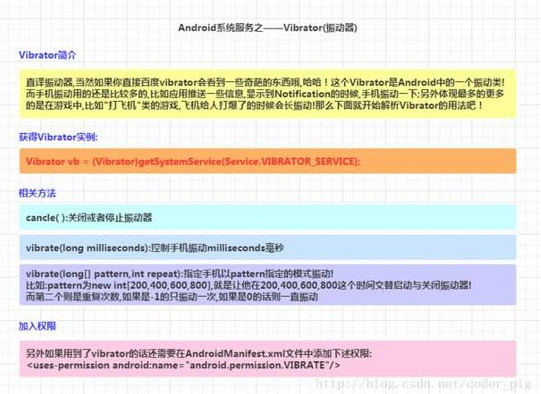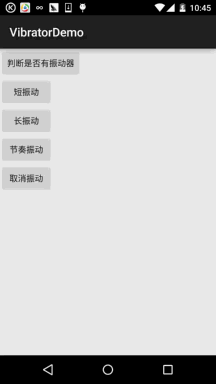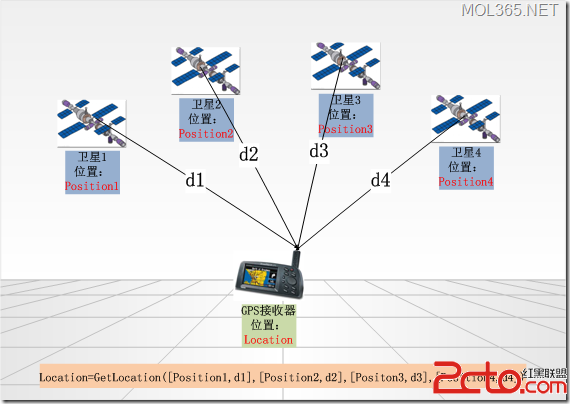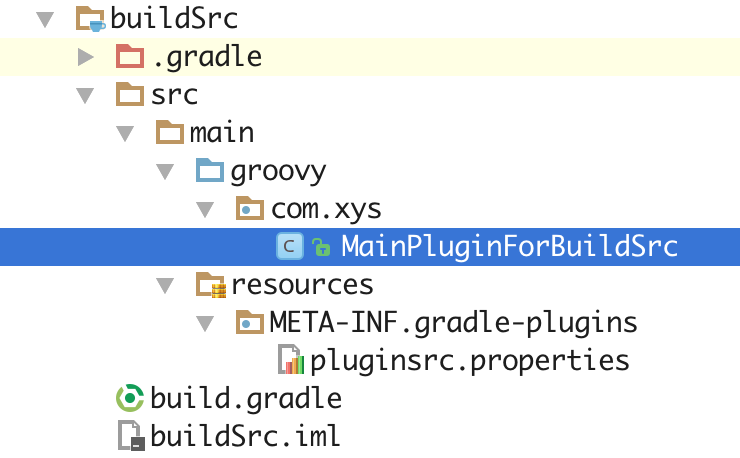編輯:關於Android編程
前言:
Vibrator簡介:

下面我們就來寫個簡單的例子,來熟悉下這個Vibrator的用法!
1.獲得Vibrator實例:
Vibrator vb = (Vibrator)getSystemService(Service.VIBRATOR_SERVICE);
2.可以使用的相關方法:
1.stract void cancel():關閉或者停止振動器
2.tract boolean hasVibrator():判斷硬件是否有振動器
3.id vibrate(long milliseconds):控制手機振動為milliseconds毫秒
4.id vibrate(long[] pattern,int repeat):指定手機以pattern指定的模式振動! 比如:pattern為new int[200,400,600,800],就是讓他在200,400,600,800這個時間交替啟動與關閉振動器! 而第二個則是重復次數,如果是-1的只振動一次,如果是0的話則一直振動 還有其他兩個方法用得不多~ 對了,使用振動器還需要在AndroidManifest.xml中添加下述權限: <uses-permission android:name="android.permission.VIBRATE"/>
3.使用示例:設置頻率不同的震動器:
對於Vibrator用的最廣泛的莫過於所謂的手機按摩器類的app,在app市場一搜,一堆,筆者隨便下了 幾個下來瞅瞅,都是大同小異的,這點小玩意竟然有8W多的下載量...好吧,好像也不算多, 不過普遍功能都是切換振動頻率來完成,而所謂的按摩效果,是否真的有效就不得而知了, 那麼接下來我們就來實現一個簡單的按摩器吧! 核心其實就是:vibrate()中的數組的參數,根據自己需求寫一個數組就可以了! 下述代碼需要在真機上進行測試!
運行效果圖:

實現代碼:
簡單的布局文件,五個按鈕:activity_main.xml:
<LinearLayout xmlns:android="http://schemas.android.com/apk/res/android"
android:layout_width="match_parent"
android:layout_height="match_parent"
android:orientation="vertical">
<Button
android:id="@+id/btn_hasVibrator"
android:layout_width="wrap_content"
android:layout_height="wrap_content"
android:text="判斷是否有振動器" />
<Button
android:id="@+id/btn_short"
android:layout_width="wrap_content"
android:layout_height="wrap_content"
android:text="短振動" />
<Button
android:id="@+id/btn_long"
android:layout_width="wrap_content"
android:layout_height="wrap_content"
android:text="長振動" />
<Button
android:id="@+id/btn_rhythm"
android:layout_width="wrap_content"
android:layout_height="wrap_content"
android:text="節奏振動" />
<Button
android:id="@+id/btn_cancle"
android:layout_width="wrap_content"
android:layout_height="wrap_content"
android:text="取消振動" />
</LinearLayout>
接著是MainActivity.java部分:
public class MainActivity extends AppCompatActivity implements View.OnClickListener {
private Button btn_hasVibrator;
private Button btn_short;
private Button btn_long;
private Button btn_rhythm;
private Button btn_cancle;
private Vibrator myVibrator;
private Context mContext;
@Override
protected void onCreate(Bundle savedInstanceState) {
super.onCreate(savedInstanceState);
setContentView(R.layout.activity_main);
//獲得系統的Vibrator實例:
myVibrator = (Vibrator) getSystemService(Service.VIBRATOR_SERVICE);
mContext = MainActivity.this;
bindViews();
}
private void bindViews() {
btn_hasVibrator = (Button) findViewById(R.id.btn_hasVibrator);
btn_short = (Button) findViewById(R.id.btn_short);
btn_long = (Button) findViewById(R.id.btn_long);
btn_rhythm = (Button) findViewById(R.id.btn_rhythm);
btn_cancle = (Button) findViewById(R.id.btn_cancle);
btn_hasVibrator.setOnClickListener(this);
btn_short.setOnClickListener(this);
btn_long.setOnClickListener(this);
btn_rhythm.setOnClickListener(this);
btn_cancle.setOnClickListener(this);
}
@Override
public void onClick(View v) {
switch (v.getId()) {
case R.id.btn_hasVibrator:
Toast.makeText(mContext, myVibrator.hasVibrator() ? "當前設備有振動器" : "當前設備無振動器",
Toast.LENGTH_SHORT).show();
break;
case R.id.btn_short:
myVibrator.cancel();
myVibrator.vibrate(new long[]{100, 200, 100, 200}, 0);
Toast.makeText(mContext, "短振動", Toast.LENGTH_SHORT).show();
break;
case R.id.btn_long:
myVibrator.cancel();
myVibrator.vibrate(new long[]{100, 100, 100, 1000}, 0);
Toast.makeText(mContext, "長振動", Toast.LENGTH_SHORT).show();
break;
case R.id.btn_rhythm:
myVibrator.cancel();
myVibrator.vibrate(new long[]{500, 100, 500, 100, 500, 100}, 0);
Toast.makeText(mContext, "節奏振動", Toast.LENGTH_SHORT).show();
break;
case R.id.btn_cancle:
myVibrator.cancel();
Toast.makeText(mContext, "取消振動", Toast.LENGTH_SHORT).show();
}
}
}
對了,別漏了振動器權限哦!
<uses-permission android:name="android.permission.VIBRATE"/>
小結:
好了,本文我們學習了Vibrator(振動器)的基本使用,代碼非常簡單,還不趕緊加入到 你的APP中,讓你的應用HI起來~
 Android樹形控件的實現方法
Android樹形控件的實現方法
在PC上我們已經習慣了樹形控件,因為其可以清晰的展現各個節點之間的層次結果,但是在Android平台上,系統並沒有提供這樣一個控件,而是只有ListView。不過通過改寫
 android GPS應用程序設計
android GPS應用程序設計
GPS簡介 GPS是英文Global Positioning System(全球定位系統)的簡稱。GPS是20世紀70年代由美國陸海空三軍聯合研制的 新一代空間衛星導航定
 Android仿Win8的metro的UI界面(上)
Android仿Win8的metro的UI界面(上)
手機下載了一些APP,發現現在仿win8的主界面越來越多,在大家見慣了類GridView或者類Tab後,給人一種耳目一新的感覺。今天在eoe上偶然發現已經有人實現了這個功
 Gradle自定義插件
Gradle自定義插件
Gradle自定義插件在Gradle中創建自定義插件,Gradle提供了三種方式:在build.gradle腳本中直接使用 在buildSrc中使用 在獨立Module中